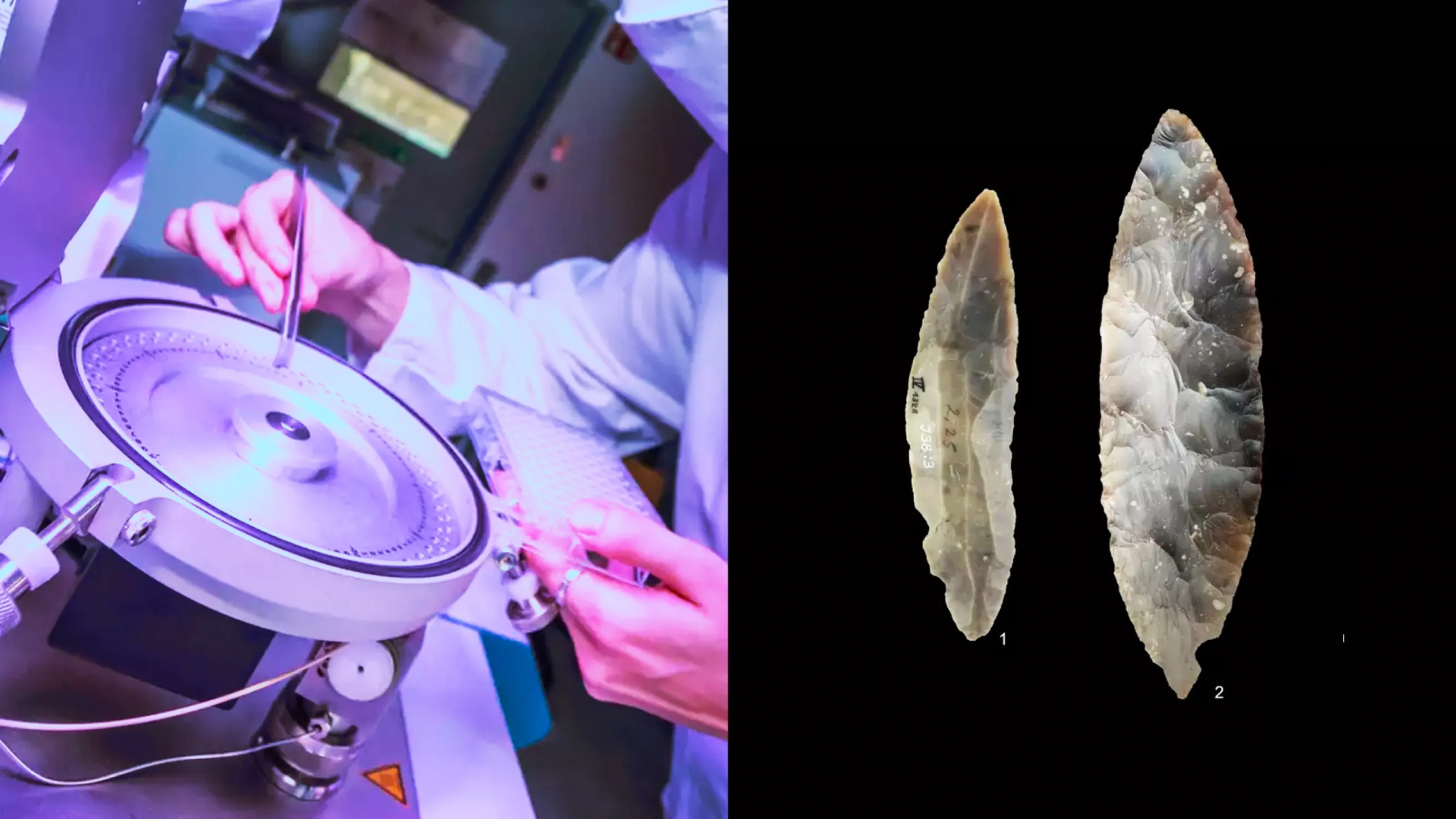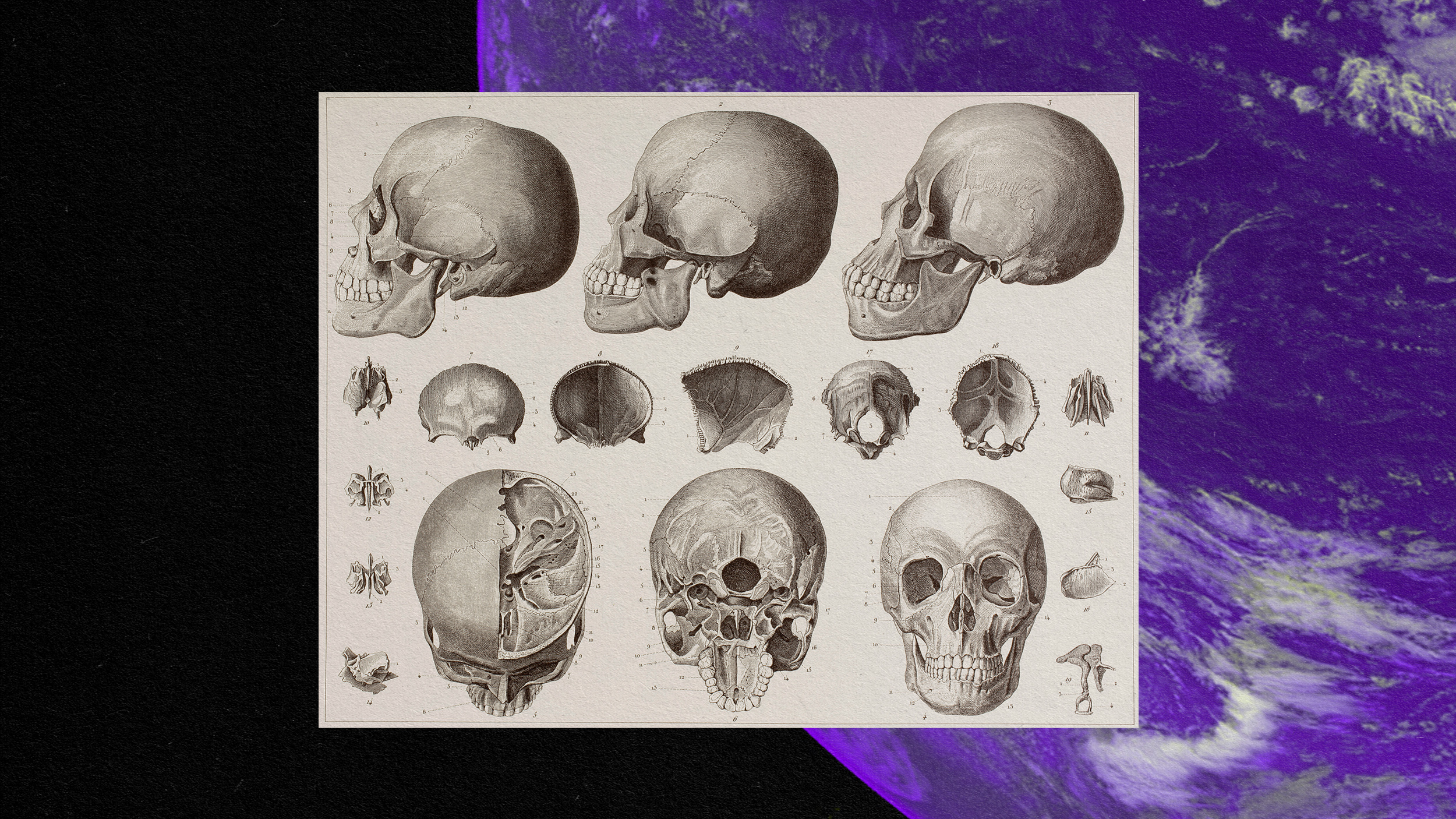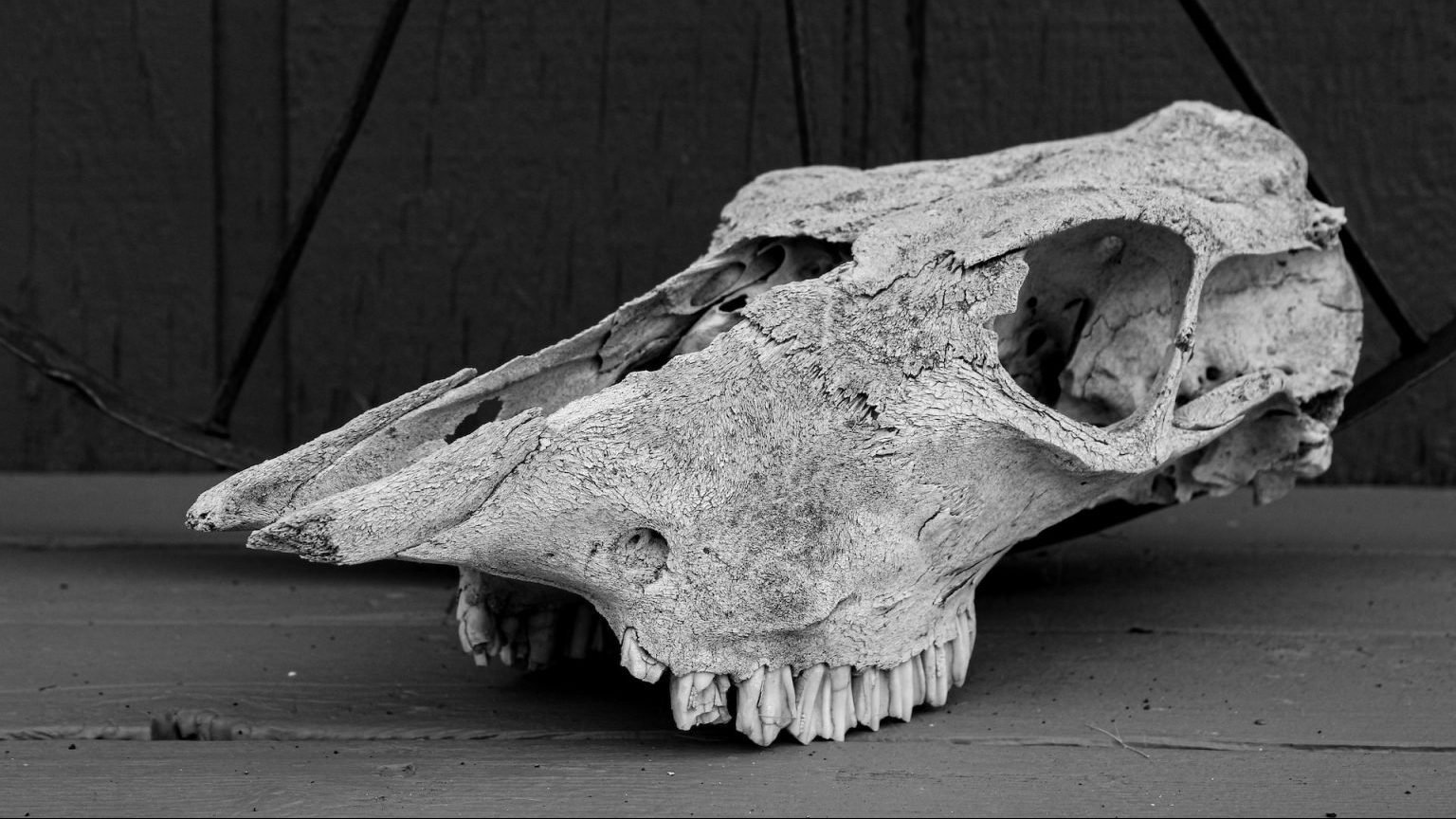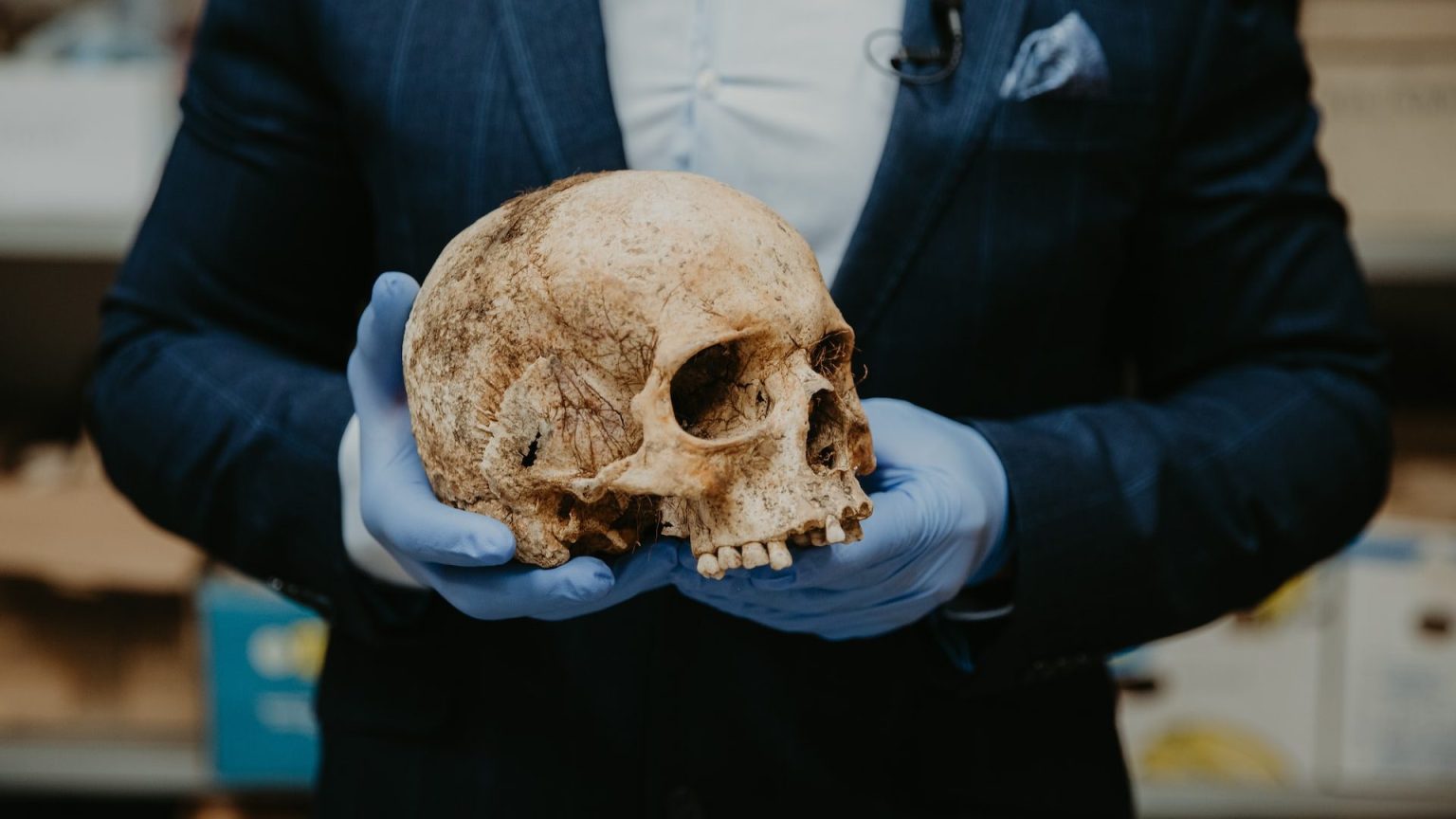Early humans may have hibernated—a discovery that could be the key to space travel

Credit: Gorodenkoff / Adobe Stock
- Neanderthal bone fragments discovered in northern Spain mimic hibernating animals like cave bears.
- Thousands of bone fragments, dating back 400,000 years, were discovered in this “pit of bones” 30 years ago.
- The researchers speculate that this physiological function, if true, could prepare us for extended space travel.
Humans have a terrible sense of time. We think in moments, not eons, which accounts for a number of people that still don’t believe in evolutionary theory: we simply can’t imagine ourselves any differently than we are today.
Thankfully, scientists and researchers have vast imaginations. Their findings often depend on creative problem-solving. Anthropologists are especially adept at this skill, as their job entails imagining a prehistoric world in which humans and our forebears were very different creatures.
A new paper, published in the journal L’Anthropologie, takes a hard look at ancient bone health and arrives at a surprising conclusion: Neanderthals (and possibly early humans) might have endured long, harsh winters by hibernating.
Adaptability is the key to survival. Certain endotherms evolved the ability to depress their metabolism for months at a time; their body temperature and metabolic rate lowered while their breathing and heart rate dropped to nearly imperceptible levels. This handy technique solved a serious resource management problem, as food supplies were notoriously scarce during the frozen months.
While today the wellness industry eschews fat, it has long had an essential evolutionary function: it keeps us alive during times of food scarcity. As autumn months pass, large mammals become hyperphagic (experiencing intense hunger followed by overeating) and store nutrients in fat deposits; smaller animals bury food nearby for when they need a snack. This strategy is critical as hibernating animals can lose over a quarter of their body weight during winter.
For this paper, Antonis Bartsiokas and Juan-Luis Arsuaga, both in the Department of History and Ethnology at Democritus University of Thrace, scoured through remains of a “pit of bones” in northern Spain. In 1976, archaeologists found a 50-foot shaft leading down into a cave in Atapuerca, where thousands of bone fragments have since been discovered. Dating back 400,000 years—some of the fragments may be as old as 600,000 years—researchers believe the bodies were intentionally buried in this cave.
Evidence of ancient human hibernation / human hibernation for space travel | Dr Antonis Bartsiokaswww.youtube.com
While the fragments have been well studied in the intervening decades, Arsuaga (who led an early excavation in Atapuerca) and Bartsiokas noticed something odd about the bones: they displayed signs of seasonal variations. These proto-humans appear to have experienced annual bone growth disruption, which is indicative of hibernating species.
In fact, the remains of cave bears were also found in this pit, increasing the likelihood that the burial site was reserved for species that shared common features. This could be the result of a dearth of food for bears and Neanderthals alike. The researchers write that modern northerners don’t need to sleep for months at a time; an abundance of fish and reindeer didn’t exist in Spain, as they do in the Arctic. They write,
“The aridification of Iberia then could not have provided enough fat-rich food for the people of Sima during the harsh winter—making them resort to cave hibernation.”
The notion of hibernating humans is appealing, especially to those in cold climates, but some experts don’t want to put the cart before the horse. Large mammals don’t engage in textbook hibernation; their deep sleep is known as a “torpor.” Even then, the demands of human-sized brains could have been too large for extended periods of slumber.
Still, as we continually discover our animalistic origins to better understand how we evolved, the researchers note the potential value of this research.
“The present work provides an innovative approach to the physiological mechanisms of metabolism in early humans that could help determine the life cycle and physiology of extinct human species.”
Bartsiokas speculates that this ancient mechanism could be coopted for space travel in the future. If the notion of hibernating humans sounds far-fetched, the idea has been contemplated for years, as NASA began funding research on this topic in 2014. As the saying goes, everything old is new again.
—
Stay in touch with Derek on Twitter and Facebook. His new book is “Hero’s Dose: The Case For Psychedelics in Ritual and Therapy.”





